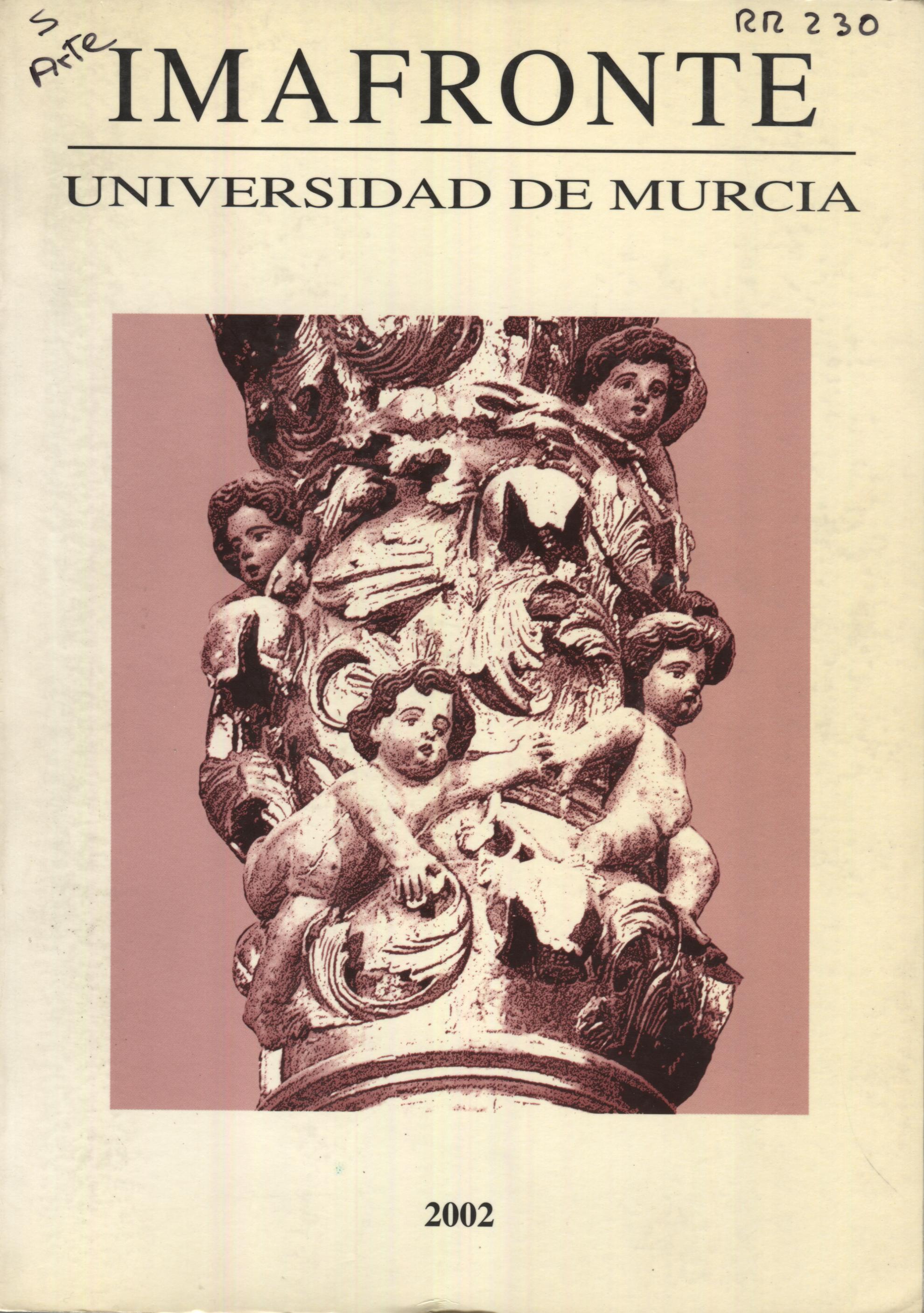TODOS LOS CAMINOS CONDUCEN A ROMA. TURISMO Y PATRIMONIO EN LA CIUDAD
Abstract
The history of Rome is linked to its role as a goal for travellers who visit it as pilgrims, as tourists, or to admire its monuments and art works. This article examines the different stages of this process, from its origins in Classical Antiquity till the present, looking at the relation between the tourist phenomenon and architectural heritage. If heritage has been a fundaniental factor in the historical development of tourism, it is also true that tourism has shaped to a considerable extent the way in which ancient monuments have been preserved and restored. Rome would be very different today if it had not been one of tourism's prime destinations for centuries. If this has put its artistic heritage at risk, it has also proved a source of income for the city and of resources for its preservation.Downloads
-
Abstract737
-
PDF (Español (España))375
1. The authors non-exclusively assign the exploitation rights (reproduction, distribution, communication and transformation) to the magazine.
2. The works published in this magazine are subject to the Attribution-ShareAlike 4.0 International license (CC By SA 4.0). Therefore, they can be copied, used, disseminated, transmitted and publicly displayed, provided that:
i) the authorship and the original source of its publication (journal, editorial and URL of the work) are cited, thus allowing its recognition.
ii) it is allowed to remix, transform or create from the material while maintaining the same license as the original.

3. Self-archiving conditions. Authors are allowed and encouraged to electronically disseminate the pre-print (version before being evaluated) and/or post-print (version evaluated and accepted for publication) versions of their works before publication, as it favors their publication. Earlier circulation and diffusion and with it a possible increase in its citation and reach among the academic community. Color RoMEO: verde.






















